

Max Davies
2026 Ram 1500 Rebel review
5 Days Ago
Bentley is taking its first steps towards an all-electric future with the Flying Spur Hybrid. Paul Maric heads to the US to see if it's any good.

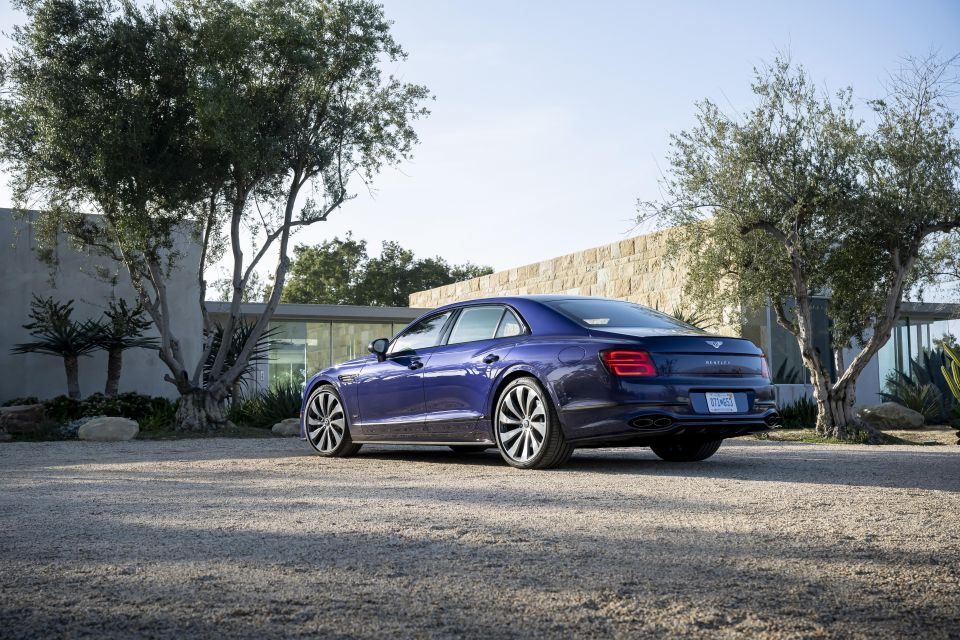

Quickly see how this car stacks up against its competition. Select any benchmark to see more details.
Where expert car reviews meet expert car buying – CarExpert gives you trusted advice, personalised service and real savings on your next new car.
Bentley is in a predicament. The British brand has decades of racing heritage, with ‘luxury’ and ‘performance’ two of its key brand pillars.
Between now and 2030 Bentley needs to transition from a company that mastered opulent internal-combustion engines to one that will only produce electric vehicles, the first of which is due to arrive in 2025.
So how does Bentley transition from this fully internal-combustion model to full electric? With stepping stones. One of the first stepping stones for the brand is hybrid technology and in the case of the Bentayga and Flying Spur which are both launching with emissions-reducing plug-in hybrid drivetrains.
We had our first opportunity to not only escape the country, but get behind the wheel of the 2022 Bentley Flying Spur Hybrid on an extensive driving tour of Southern California.

Sitting between the V8 and W12, the Flying Spur Hybrid splits the difference in terms of cost.
The entire Bentley Flying Spur range kicks off from $445,200 plus on-road costs for the entry-level Flying Spur V8, while the Flying Spur Hybrid tested here starts at $456,000 plus on-roads.
Capping off the Flying Spur range is the Flying Spur W12, which comes in at $494,400 plus on-roads.
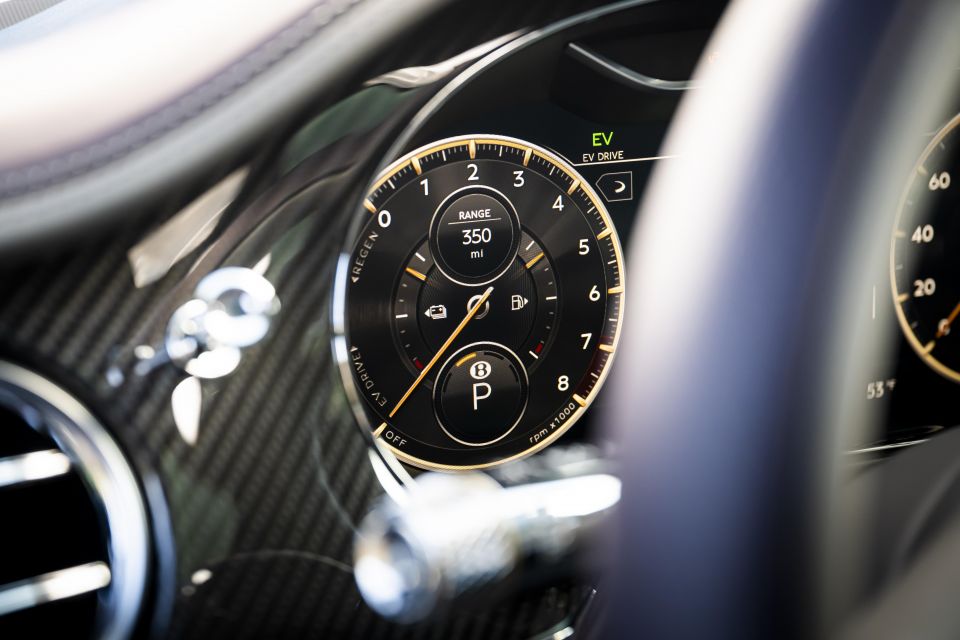
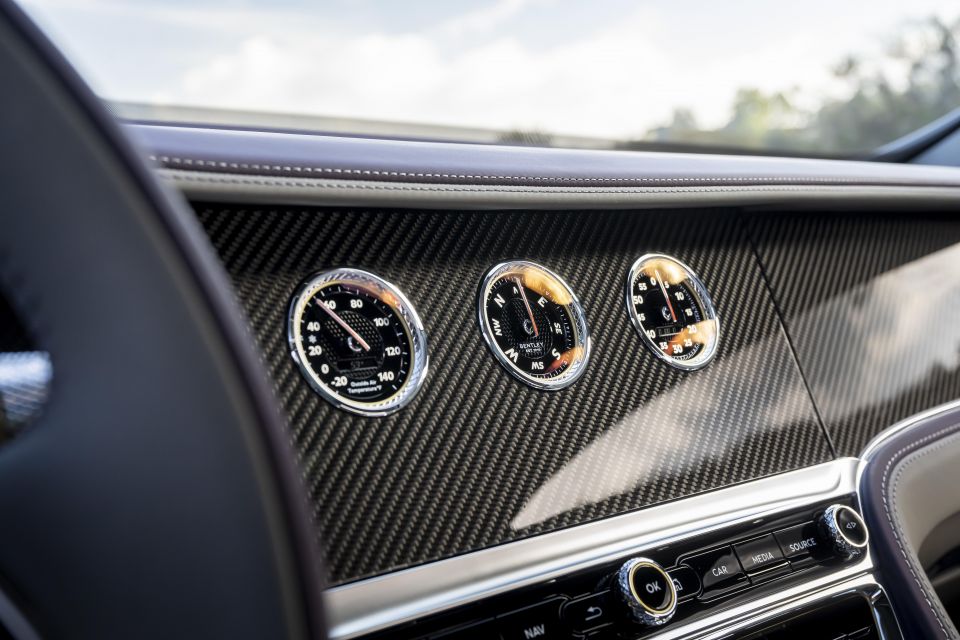
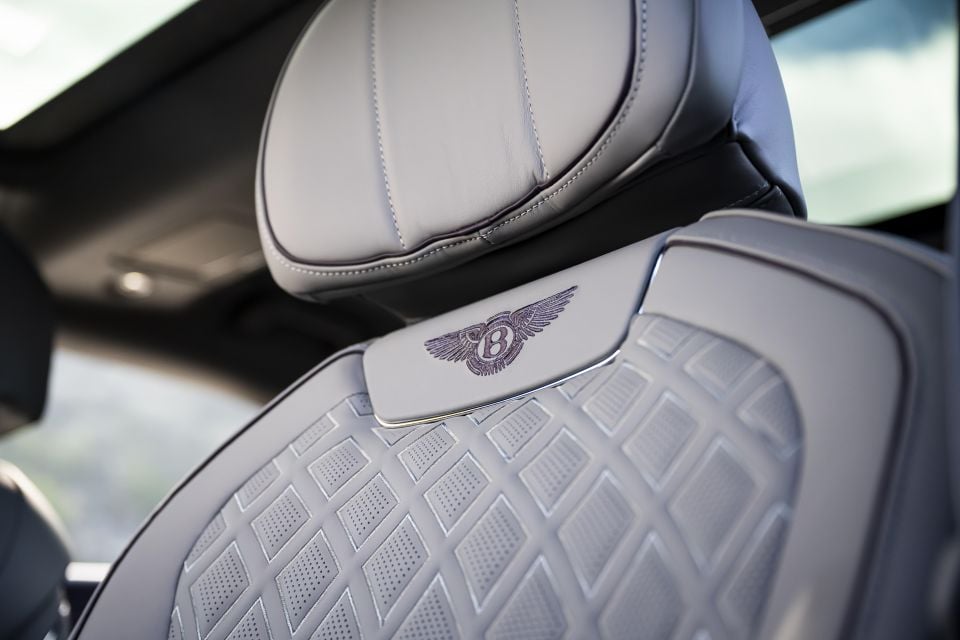
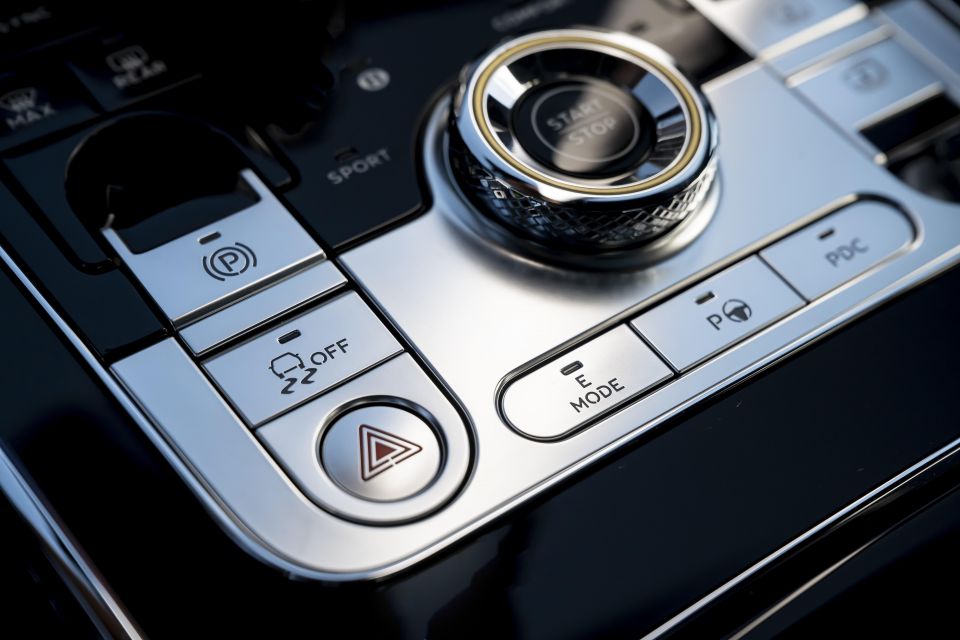
Buy your new car without the stress. It's fast, simple and completely free.

Great service from Travis and team, second time I have used this business would not hesitate to recommend them to anyone
Craig C.
Purchased a Ford Ranger in Sunshine Coast, QLD
CarExpert helped Craig save $7,224 on his Ford Ranger, now let us save you on your next new car.
Get your BEST priceIt’s a little pointless talking about features and trims with a car like this because, just like with a Rolls-Royce, most customers will customise their vehicles and take them way beyond standard.
Options can include things like specific seat trims and stitching colours, or perhaps the Odyssean Specification ($101,298), a package that takes sustainability and unique luxury to the next level.
Either way, here are some of the standard features you’ll find on a Flying Spur.
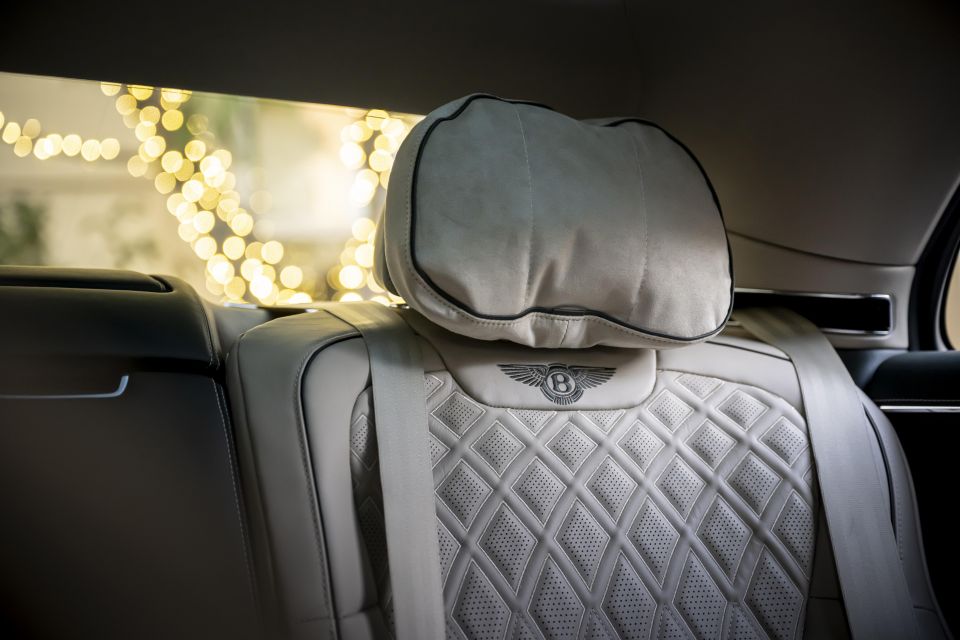
On the outside you’ll find 20-inch alloy wheels, bi-LED auto-levelling adaptive headlights, LED tail lights, LED daytime running lights, a powered tailgate, front and rear parking sensors, and proximity entry/start.
Inside the cabin are leather seats with electric adjustment and memory for the first row, cruise control, heated seats for the first row, dual-zone climate control, a CD player, wired Apple CarPlay, a 12.3-inch infotainment display, a 12.3-inch driver display, automatic windscreen wipers, powered door closer, and an auto-dimming rear-view mirror.
There are a stack of options to pick from, with a number of them available in ready-to-pick option packages to save you the headache of having to cherry pick options on the run.

The Bentley Flying Spur hasn’t been crash tested yet (and likely never will be due to its high price and low volume), but it does come standard with a number of safety features.
These include front, side and head-protecting side curtain airbags. Other safety technology includes autonomous emergency braking, blind-spot monitoring, a 360-degree camera, front and rear parking sensors, and active shadowing LED headlights.
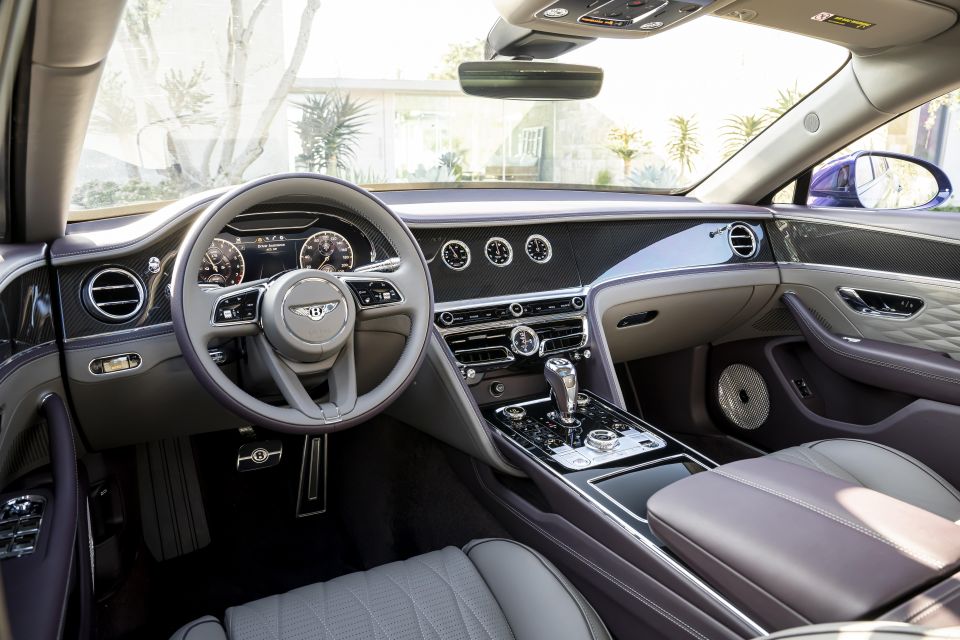
Bentley has taken it to the next level in terms of interior styling and luxury. Where Rolls-Royce focuses on traditional styling, Bentley blends tradition with catering for a younger and broader audience.
You may find something like a Rolls-Royce Ghost a little beyond your years in terms of style, but a Flying Spur on the other hand, it may sit better within that space for a younger buyer.
And it all comes down to personalisation. You can go for the traditional high lacquer interior wood trim if that’s your thing, but you can also go for a more modern finish such as carbon-fibre weave or even open-pore woods.
Then there’s the seats – the finishes are so nicely textured that you almost feel bad sitting in them. Diamond quilting and 3D padding on the doors bring a modern level of styling that feels fresh, but doesn’t take away from the high level of luxury and craftsmanship on offer.

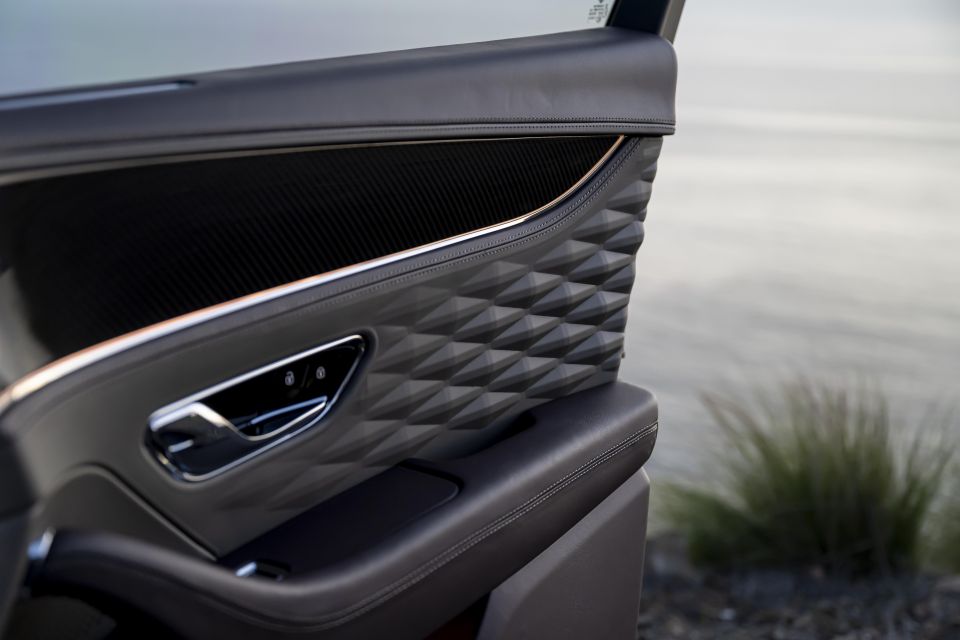
As always, Bentley offers an almost infinite amount of customisation inside and outside the car. Bentley says there are – wait for it – 56 billion different combinations of colours, trims and options available. Most Bentley owners are unlikely to ever see a specification of car that matches theirs on the road.
Visually there are few differences between a V8 or W12 Flying Spur and the Hybrid. Most notable are a set of external badges, an additional body flap for the charge port and an EV button inside the cabin. Outside of that, this will look just like a regular Flying Spur.
The interior is opulent – very opulent. No expense has been spared ensuring every surface is premium and either leather-clad or covered in a soft touch material. Our test vehicle even had a leather-wrapped roof. It’s quite incredible the length they have gone to, to make the Flying Spur feel luxurious.
One of my favourite features of the interior is the Bentley Rotating Display. It’s a circa-$10,000 option that brings a dash material-matching rotating display that switches between analogue gauges, a blank panel, or the infotainment system at the push of a button.
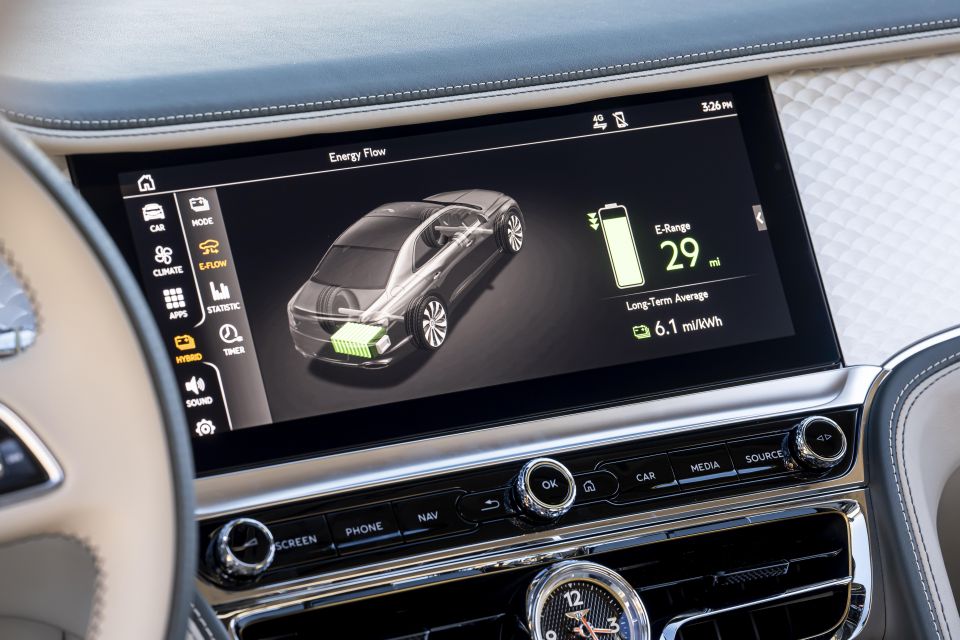
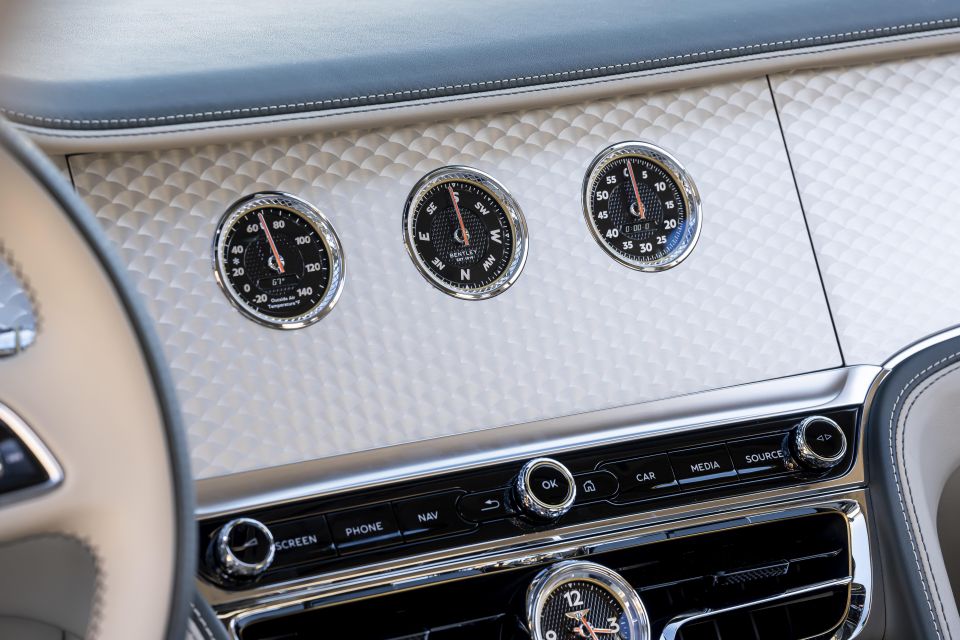
It’s such an intricate device because from an engineering standpoint, as it needs to return to a precise location each time it rotates. There are several motors and its own processing computer that are used to ensure that each turn happens perfectly. It even self seats and calibrates each time it rotates – it’s a seriously cool piece of kit.
What about the rest of the cabin? Central to the cockpit is a 12.3-inch infotainment system and a 12.3-inch digital driver’s display. The infotainment system offers both Apple CarPlay and Android Auto through a wired connection.
Standard fitment is a 10-speaker sound system, but optioned with our vehicle was an 18-speaker 2200W Naim-branded sound system. It’s an excellent system and one of the best we’ve come across in a production car.
The infotainment system is easy to use and transitions quickly through the menus. It’s paired with a voice recognition system that works well and is aided by Siri or Google Assistant when a smartphone is paired with the vehicle.
While some people opt to drive themselves, others will have a driver to allow them to kick back in the second row.
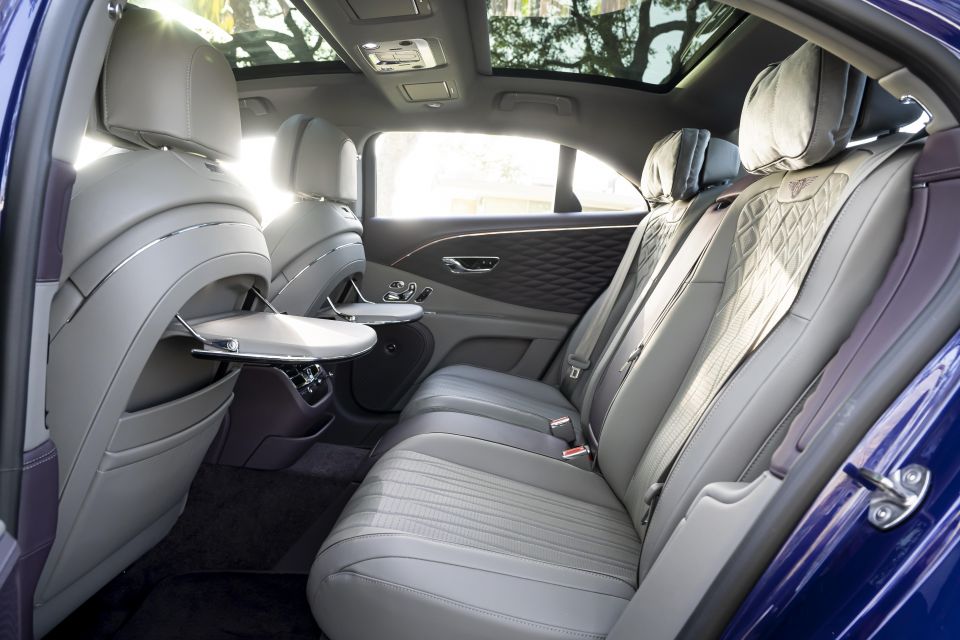
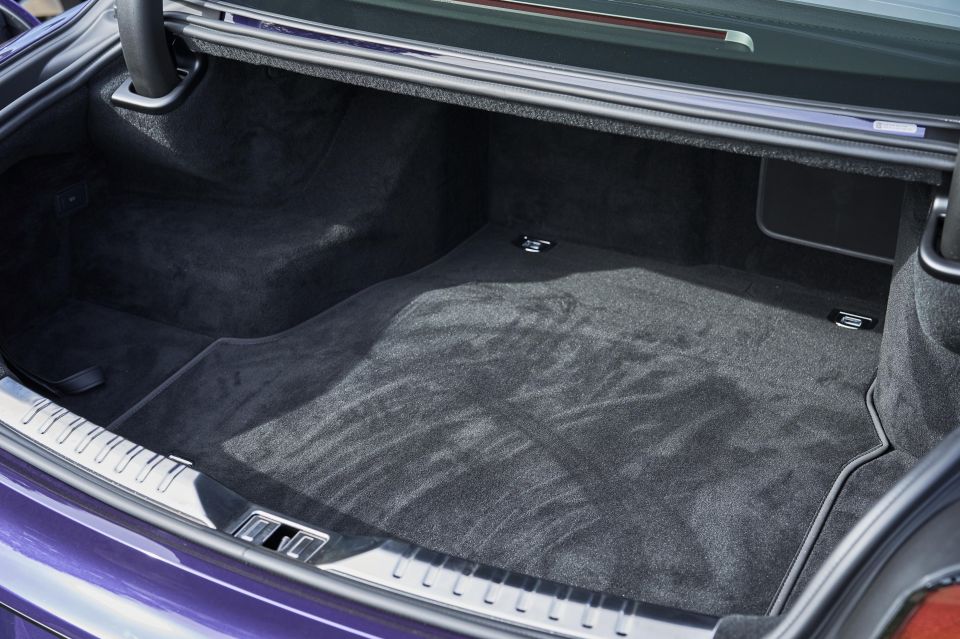
Part of our drive loop included a stint in the back seat. I’ve gotta say – I love driving, but this was almost the better place to spend your time.
It’s the ultimate level of luxur in the second row of a big sedan. You can recline the seat, while rear passengers can also use seat heating/cooling and individually control the rear climate zones using an LCD display mounted behind the centre console.
There are vanity mirrors with a light built into the roof, while a tray table can be extended from the seat back if you have work you need to do while travelling.
The front and rear portions of the sunroof shade can be controlled individually, likewise the rear and side window curtains.
Given the need to house a battery pack, the hybrid offers less cargo space than V8 and W12 Flying Spurs. That means 351 litres of cargo space (versus 420 litres for the V8 and W12).
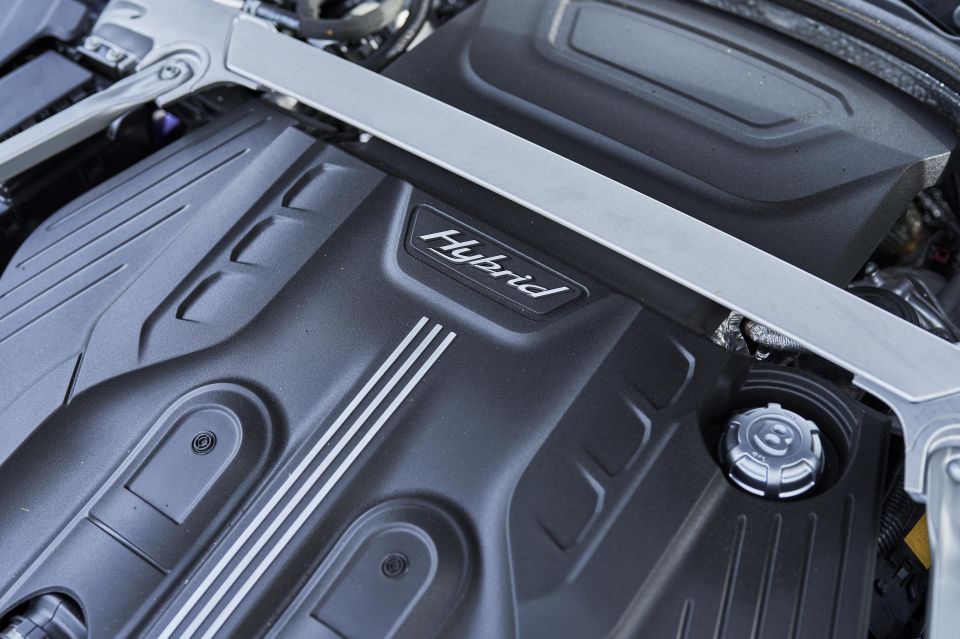
The Flying Spur shares its MSB platform with the Porsche Panamera (that platform is also used by Audi and additionally houses Porsche’s EV platform in the Taycan).
Unlike the Panamera Turbo S E-Hybrid, which is powered by a twin-turbocharged V8 plug-in hybrid system, the Flying Spur takes a slightly more modest approach.
The Flying Spur Hybrid uses a 2.9-litre twin-turbocharged V6 petrol engine teamed with a plug-in hybrid drivetrain that uses a 18kWh battery to offer the ability to drive as a full EV.
The internal-combustion engine on its own produces 305kW of power and 550Nm of torque, while an electric motor mounted between the transmission and the engine produces 100kW of power and 400Nm of torque.
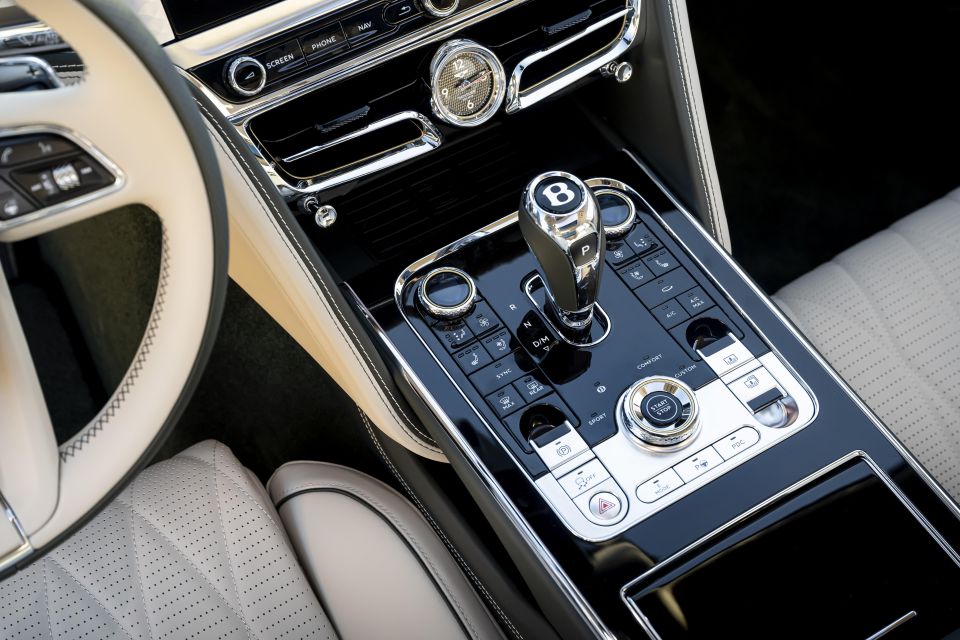
These two combine to produce a peak 400kW and 750Nm, with Bentley claiming a 0-100km/h time of 4.3 seconds (compared to 4.1 seconds for the V8 and 3.8 seconds in the W12).
Type certification hasn’t been achieved yet, so we don’t have an official fuel economy figure, nor a driving range on electric power alone. But according to Bentley, the vehicle will achieve at least 40km of driving range on EV alone and will offer a total driving range over 700km.
The drivetrain is mated to an eight-speed dual-clutch automatic transmission – unlike the Bentayga Hybrid, which uses an eight-speed automatic transmission with torque converter.
Charging the battery pack comes in the form of a 7.2kW single-phase on-board charger. Charging at maximum rate allows the Flying Spur Hybrid to be topped up within 2 hours.
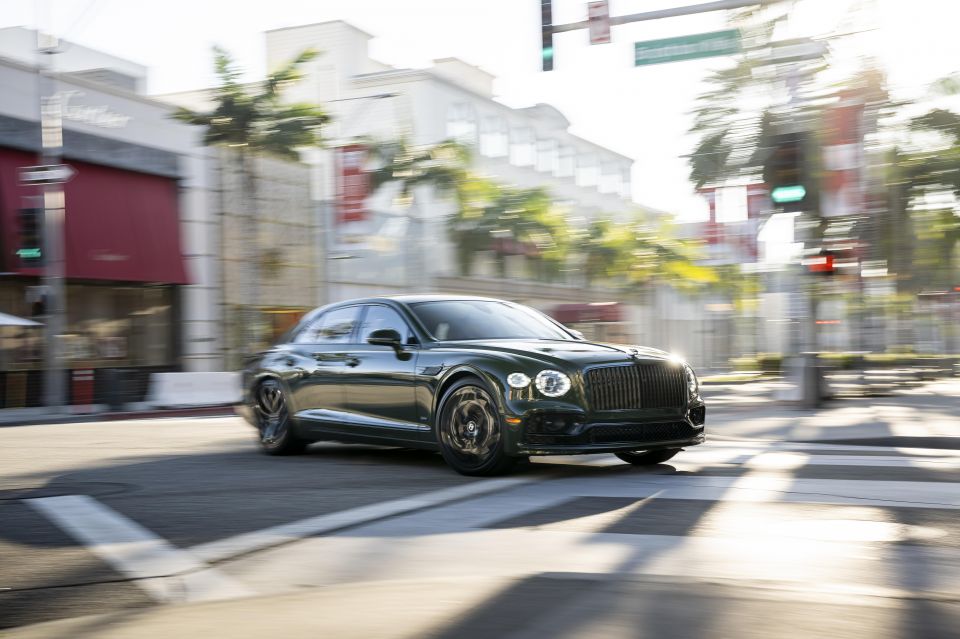
So, a hybrid Bentley. What does that mean and how does it drive? It was one of the things I was curious to find out.
In my mind, a Bentley is a vehicle that needs to have effortless power, it doesn’t need to make a big song and dance about it and it needs to be comfortable.
Setting off from our hotel it became immediately obvious that both the comfort and power delivery you’d expect of a Bentley were still there. Setting off in EV mode the Flying Spur doesn’t make any noise – not that you’d ever notice noise anyway with the thick windows and cabin insulation preventing most exterior sounds from entering the cabin.
In and around the confines of Beverly Hills, the Flying Spur showed that it’s able to zip in and out of traffic effortlessly without needing to kick the internal-combustion engine over. Surprisingly, it also does a good job of teaming electric mobility with the dual-clutch transmission.
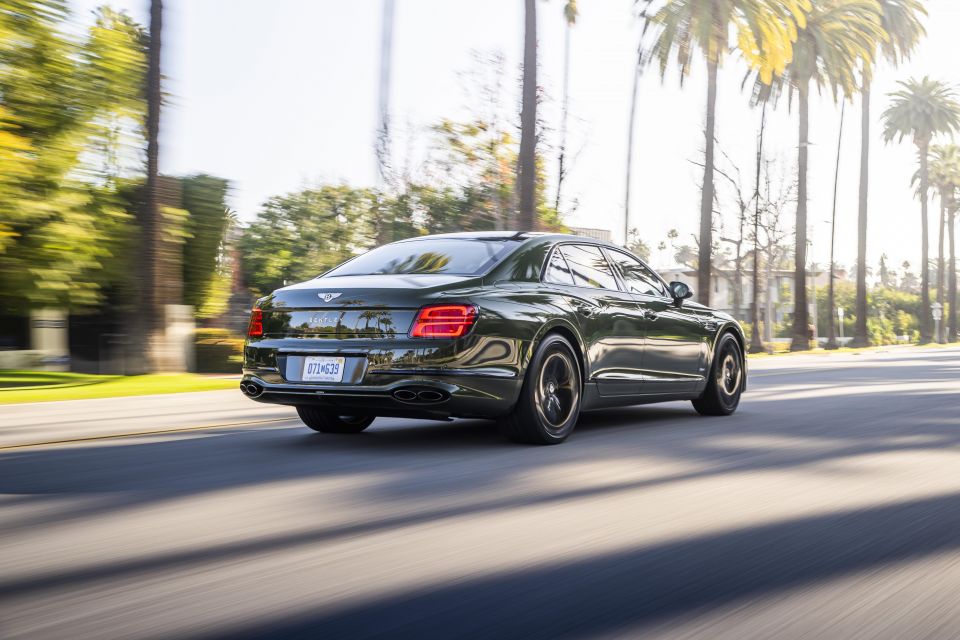
Normally when a hybrid is using anything other than a CVT you can feel shifts and it’s never overly intuitive. This on the other hand, is smooth throughout the rev band and at low speeds.
If you do need to give it a kick in the pants, the turbocharged V6 really complements the hybrid drivetrain nicely. 750Nm of torque is nothing to sneeze at – it picks up very quickly and there’s barely any lag as the electric drivetrain fills the torque hole while the turbocharged six gets up and moving.
First to Bentley is an incredibly intuitive drive mode simply called ‘Hybrid’. If you have a navigation destination entered and enter the hybrid mode, the car is able to use topography from its GPS system to determine when it should kill the petrol engine, when it should regenerate energy and when it should use just combustion power.
The whole point of the mode is to arrive with barely any charge remaining so that you can plug up and charge the vehicle at your destination.
One of the biggest downsides to plug-in hybrid vehicles is that when the battery is flat you are lugging around the weight of the battery and EV components while they don’t really aid in the drive experience. But for some owners that downside is overridden by wanting to be environmentally conscious.

Where expert car reviews meet expert car buying – CarExpert gives you trusted advice, personalised service and real savings on your next new car.
According to Bentley, when they surveyed a subset of 20,000 owners, over 70 per cent of owners bought an electrified vehicle (whether it was a Bentley or not) because they wanted to ‘do the right thing’.
Of those with an electrified vehicle, 98 per cent of them charged weekly and had properties that allowed them to easily install charging infrastructure. So while a plug-in hybrid doesn’t really make sense if it’s not charged constantly, if it is indeed charged regularly it starts to stack up more and more.
From behind the wheel, the Flying Spur Hybrid really didn’t feel any different to any other Flying Spur I’ve driven. It has power on demand when required and it seamlessly transitions between engine on and off modes – often you’ll be able to feel this transition in less refined vehicles.
And being a Bentley, the ride is absolutely sensational. Three chamber air springs are used in addition with continuous damping control to monitor four ride height sensors to ensure impacts are dealt with almost instantly by varying ride firmness.
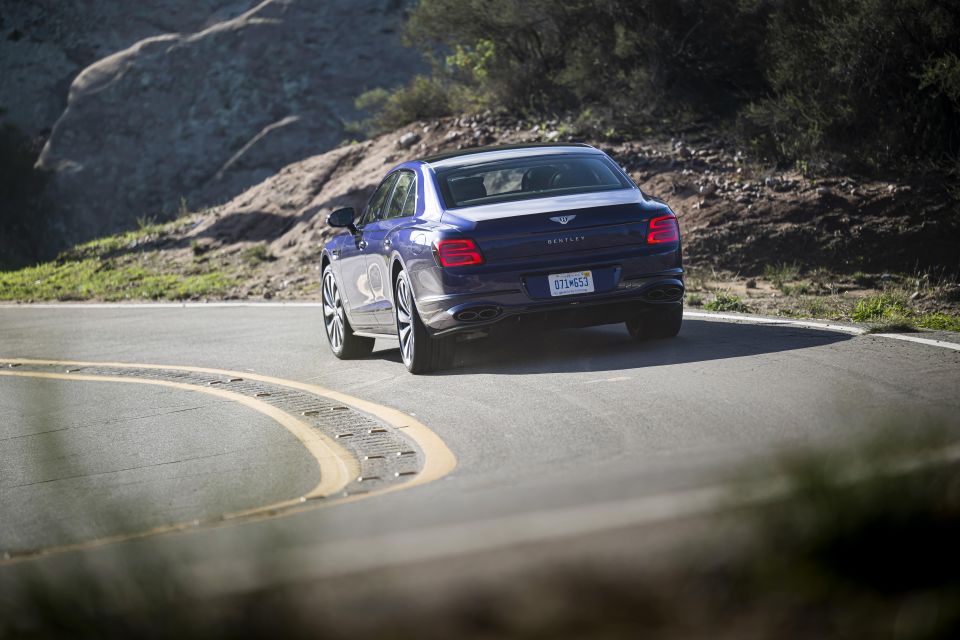
The new three-chamber air spring system offers 60 per cent more air capacity than the outgoing model, which means that full volume can be used in comfort mode to offer the smoothest ride possible, while when in Sport mode that capacity is reduced to further increase ride firmness.
There are also a monster set of brakes fitted as standard. The rotors measure 420mm in size and feature 10-piston calipers up front. You need big brakes like this due to the vehicle’s mass, given it comes in at just under 2500kg tare – not that you’d ever know behind the wheel.
Despite its size, when you do slot it into Sport mode it feels agile and surprisingly nimble. The electrified portion of the system always offering that extra bit of punch of out corners and when you get stuck into the throttle.
It’s quite hard to fault the driving experience. It really hits a nice balance between performance, economy and luxury.
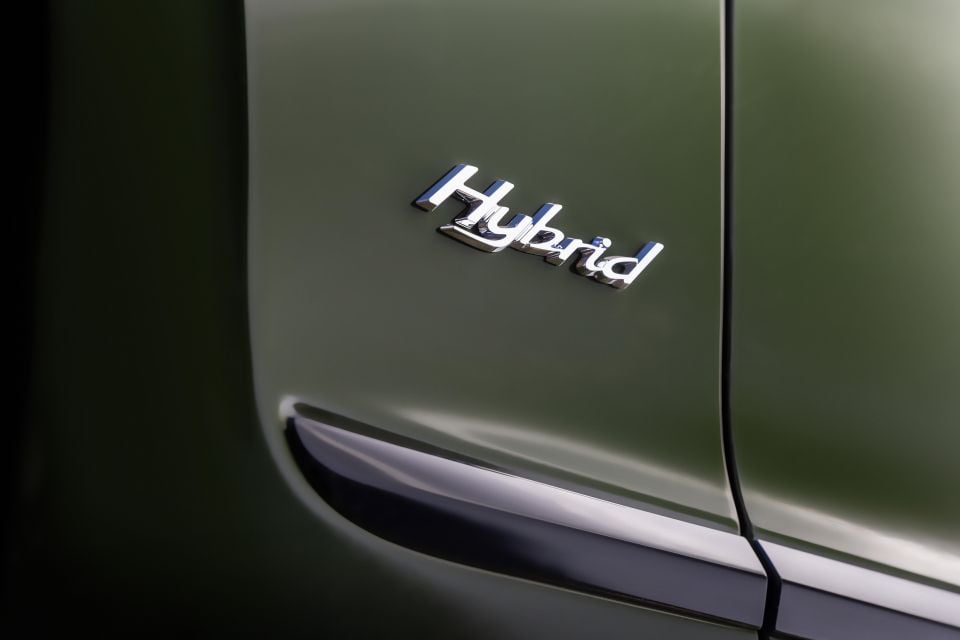
The Bentley Flying Spur comes with a three-year unlimited kilometre warranty.
Servicing occurs every 12 months or 16,000km (whichever occurs first). Servicing costs are still to be confirmed for the Flying Spur Hybrid, but we know the Flying Spur V8 and W12 can be had with a pre-paid service plan that caps service costs over three or five years.
Servicing costs for the V8 and W12 come in at $4050 and $9540 respectively for the V8 and $5495 and $10,050 respectively for the W12.
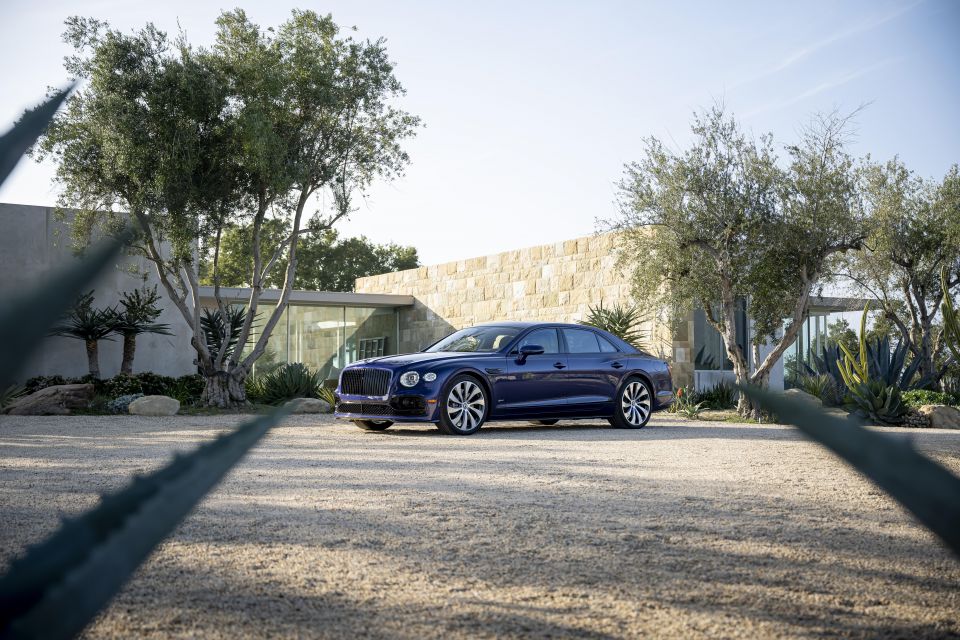
Buy your new car without the stress. It's fast, simple and completely free.

Great service from Travis and team, second time I have used this business would not hesitate to recommend them to anyone
Craig C.
Purchased a Ford Ranger in Sunshine Coast, QLD
CarExpert helped Craig save $7,224 on his Ford Ranger, now let us save you on your next new car.
Get your BEST priceI wasn’t expecting to like the Bentley Flying Spur Hybrid as much as I did. Normally plug-in hybrids come with a number of compromises that make them hard to justify.
This on the other hand (outside of reduced cargo capacity) really doesn’t feel any different to the Flying Spur V8. And that means Bentley’s customers that want to reduce their emissions, but not compromise the reason they bought a Flying Spur can achieve that goal.
It’s also a logical step between internal combustion engines and the switch to full-electric power for the Bentley brand.
With Bentley’s first electric vehicle due to around three years time, this begins an orderly transition to the energy of the future, and you can bet your bottom dollar that with the amount of money manufacturers like Bentley are spending at the moment on electric vehicle technology, that it’s the direction we’re headed in.
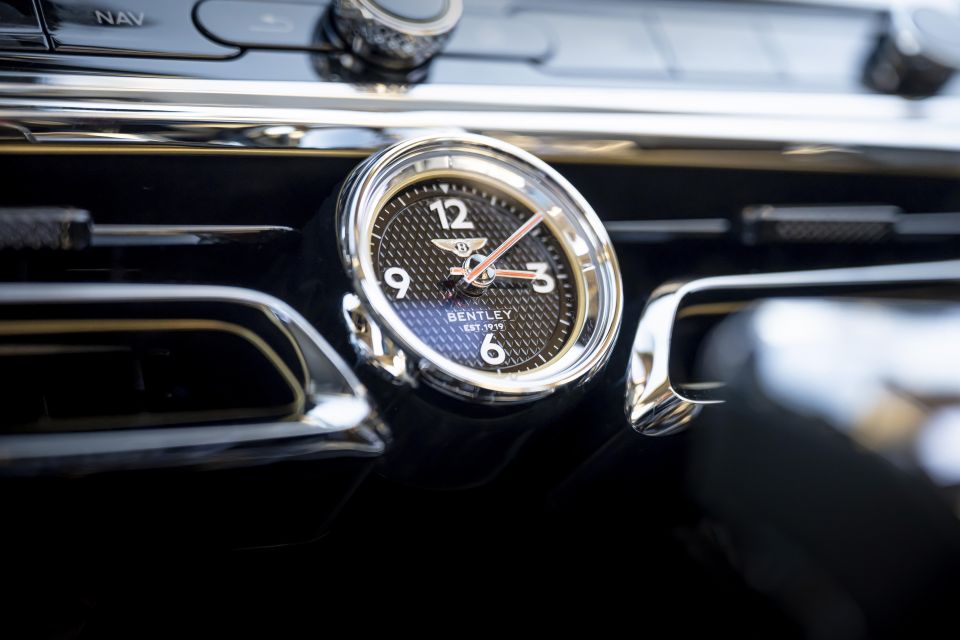
Click the images for the full gallery
Where expert car reviews meet expert car buying – CarExpert gives you trusted advice, personalised service and real savings on your next new car.
Paul Maric is an Australian car expert based in Melbourne, Australia. Paul is a founder of CarExpert.com.au & formerly part of the CarAdvice founding team.


Max Davies
5 Days Ago


Max Davies
4 Days Ago


Neil Briscoe
3 Days Ago


Max Davies
2 Days Ago
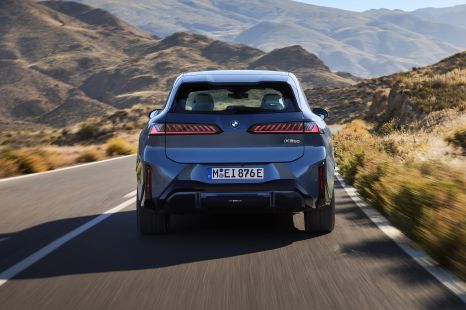

Alborz Fallah
13 Hours Ago


Damion Smy
13 Hours Ago